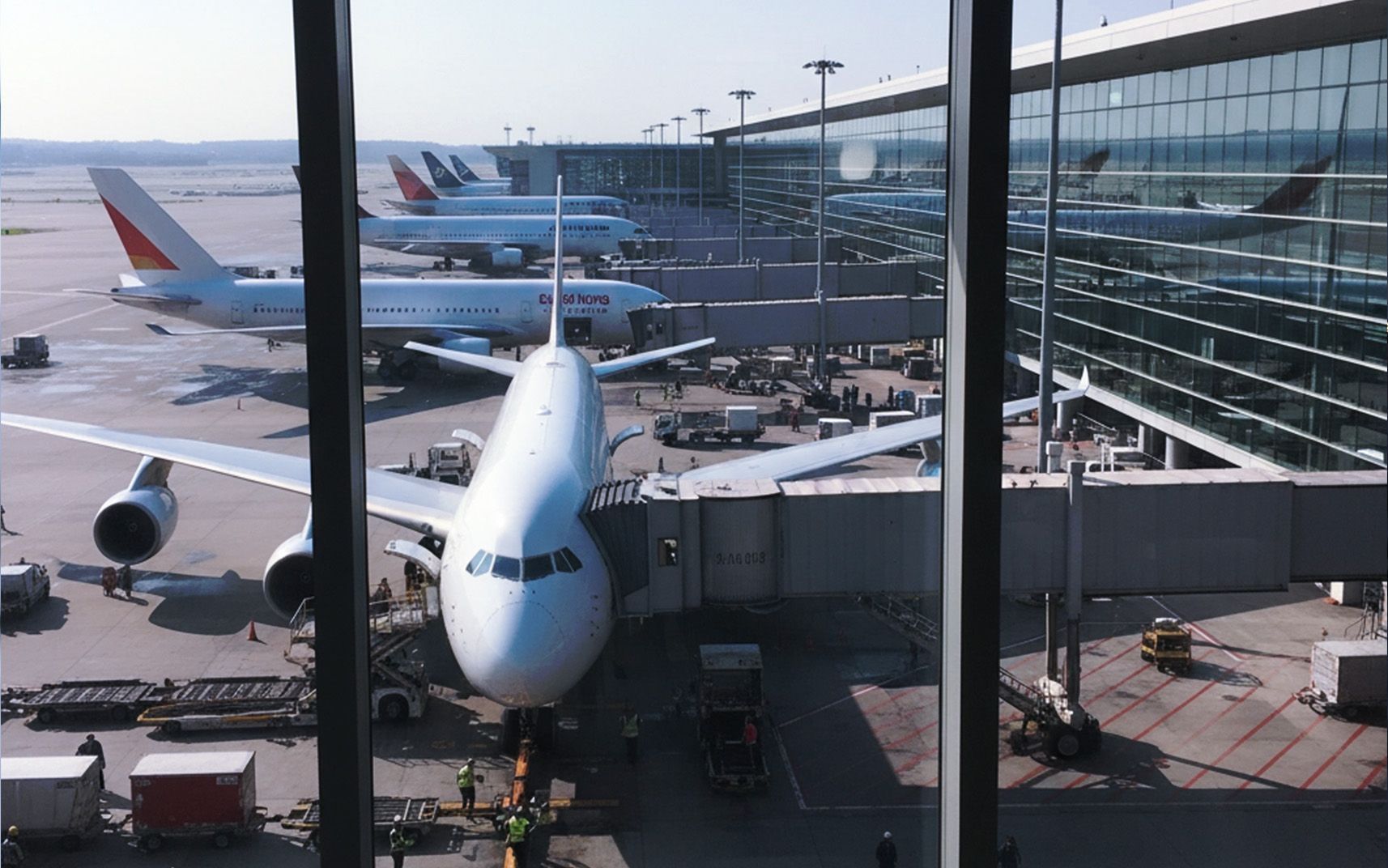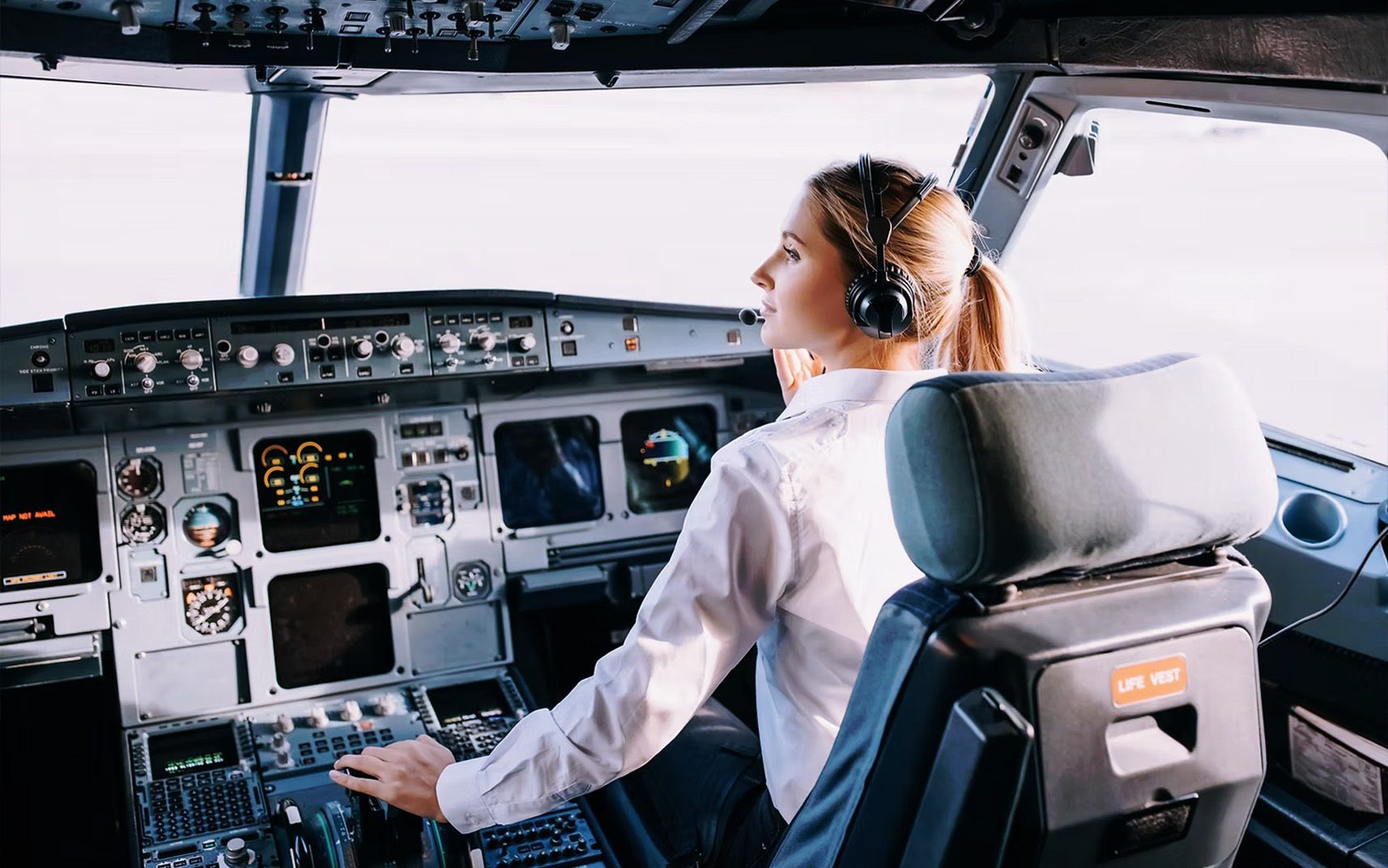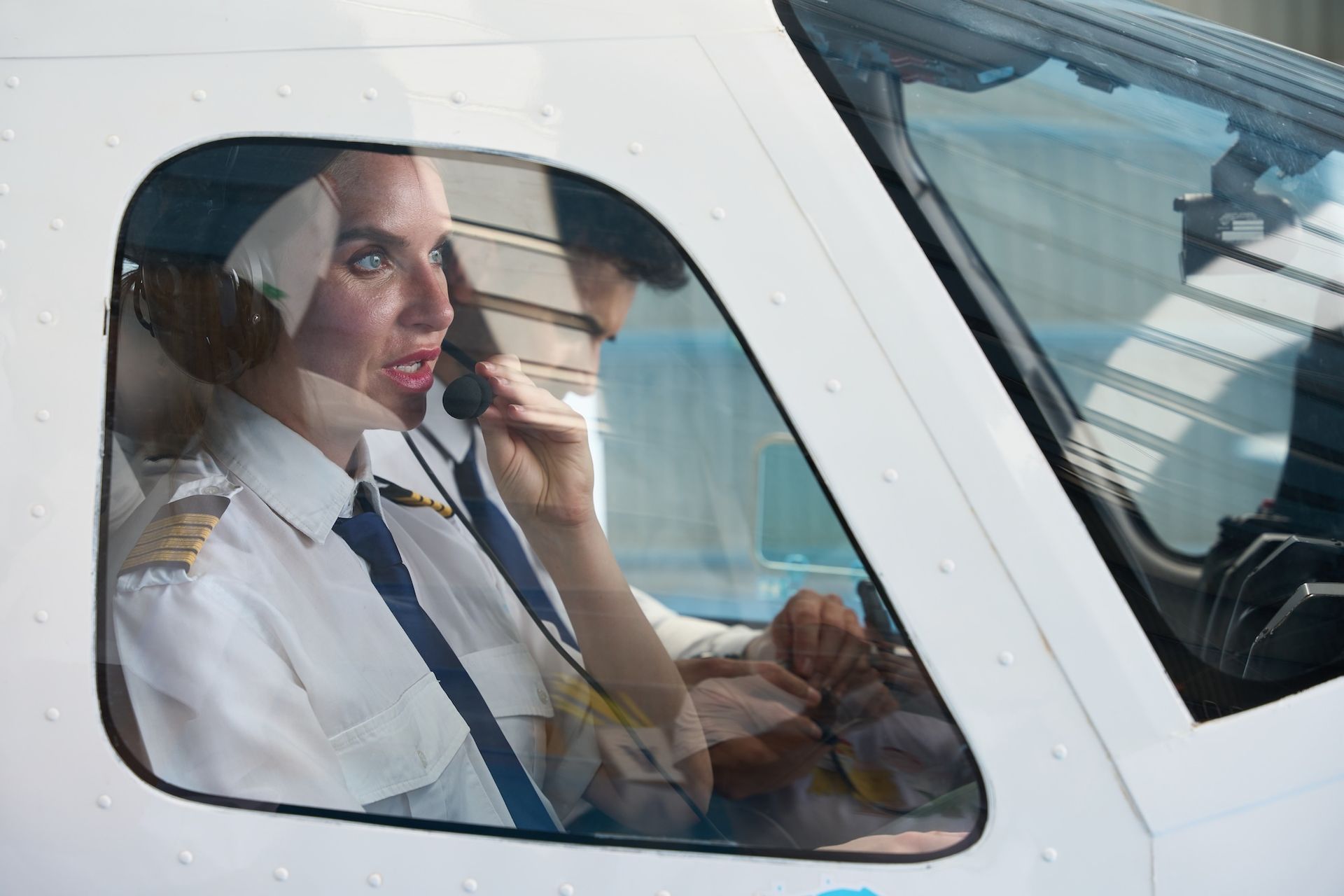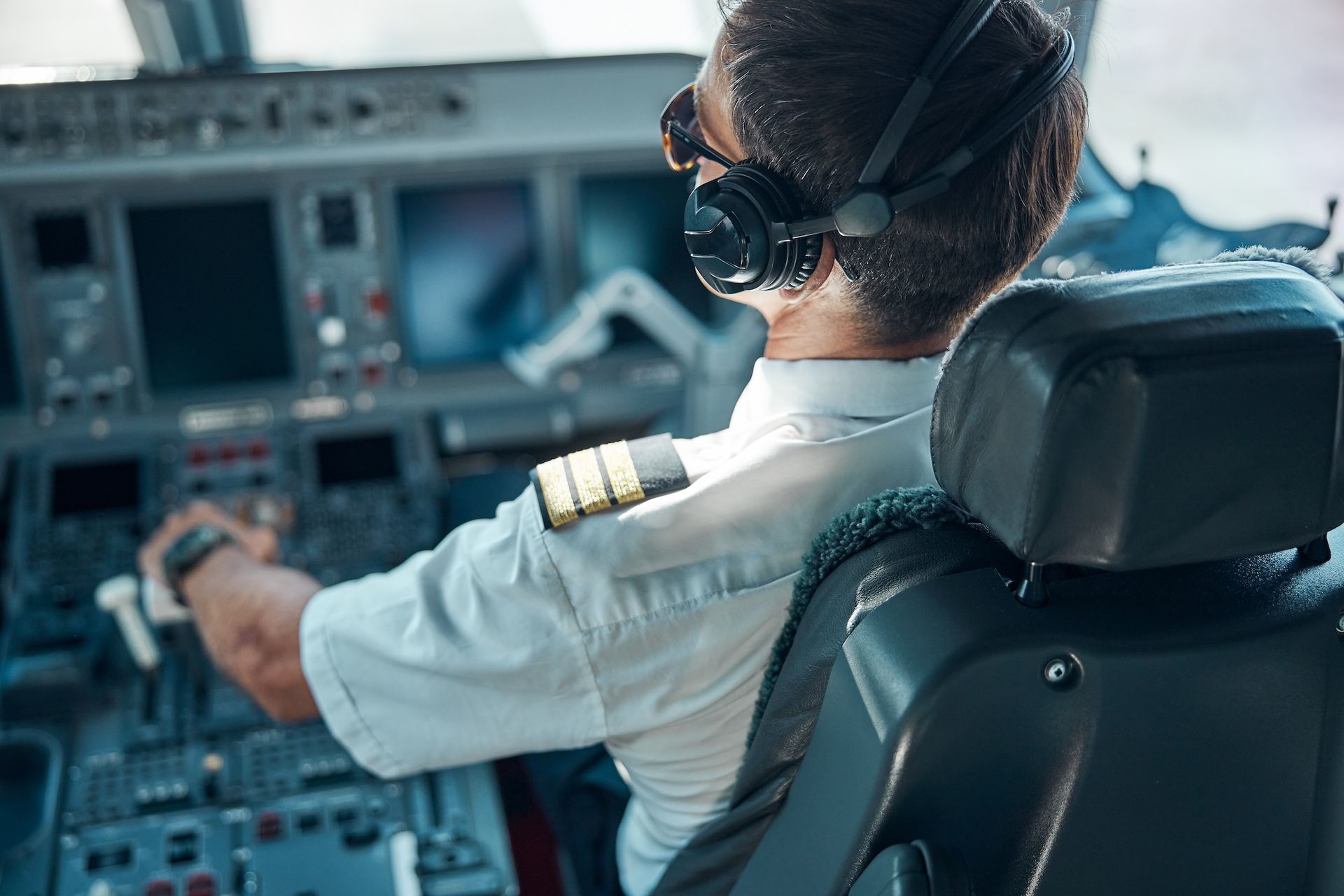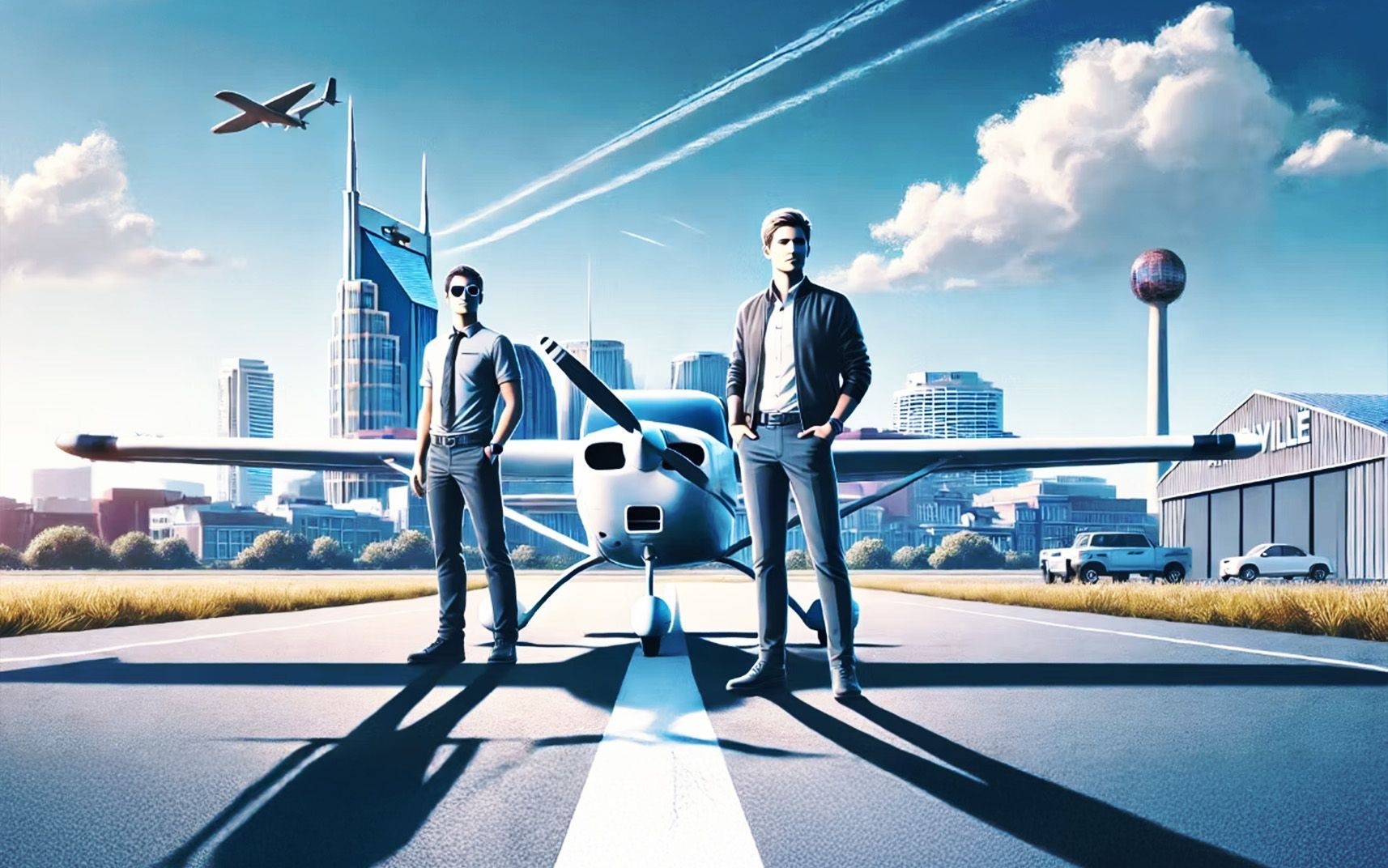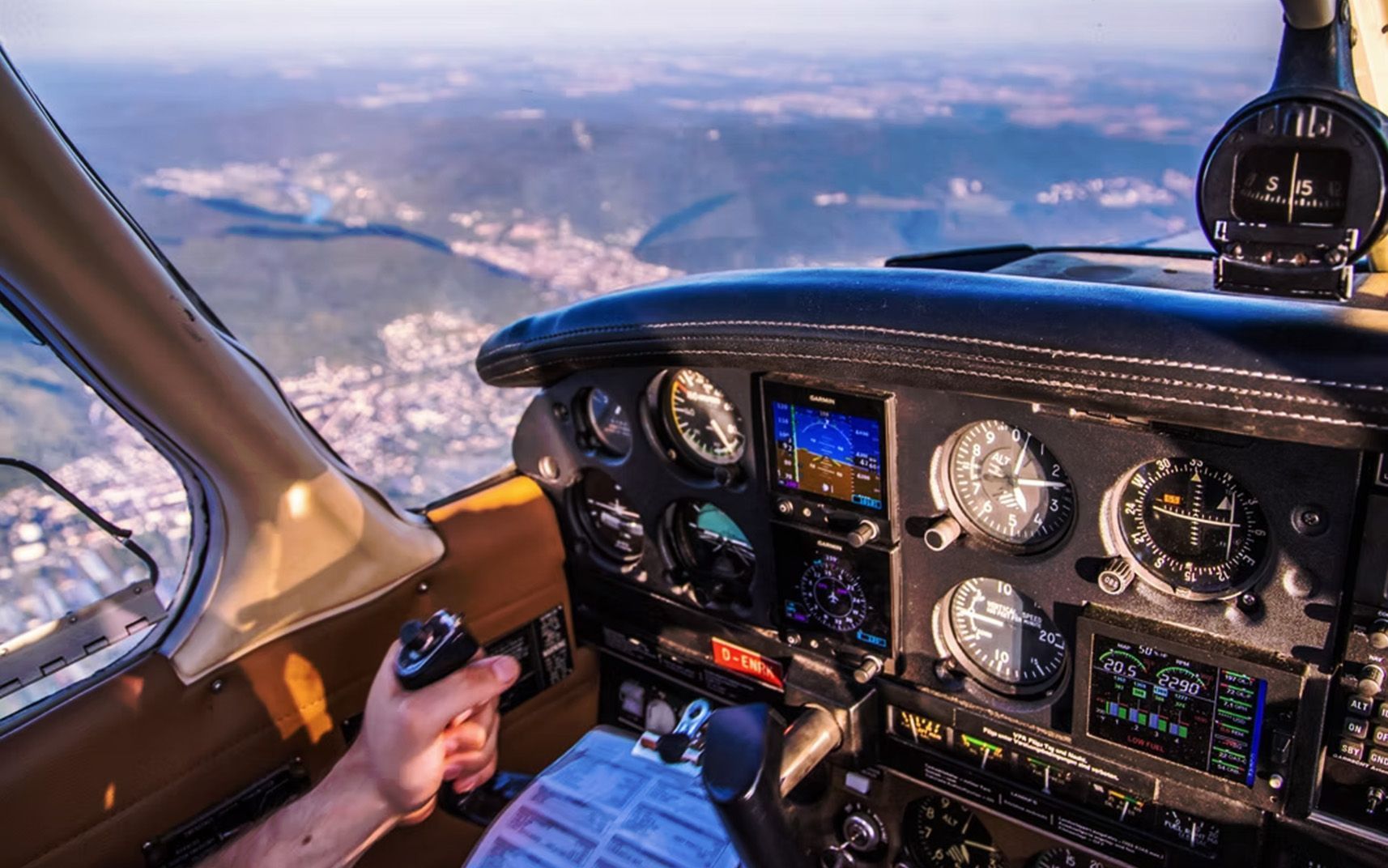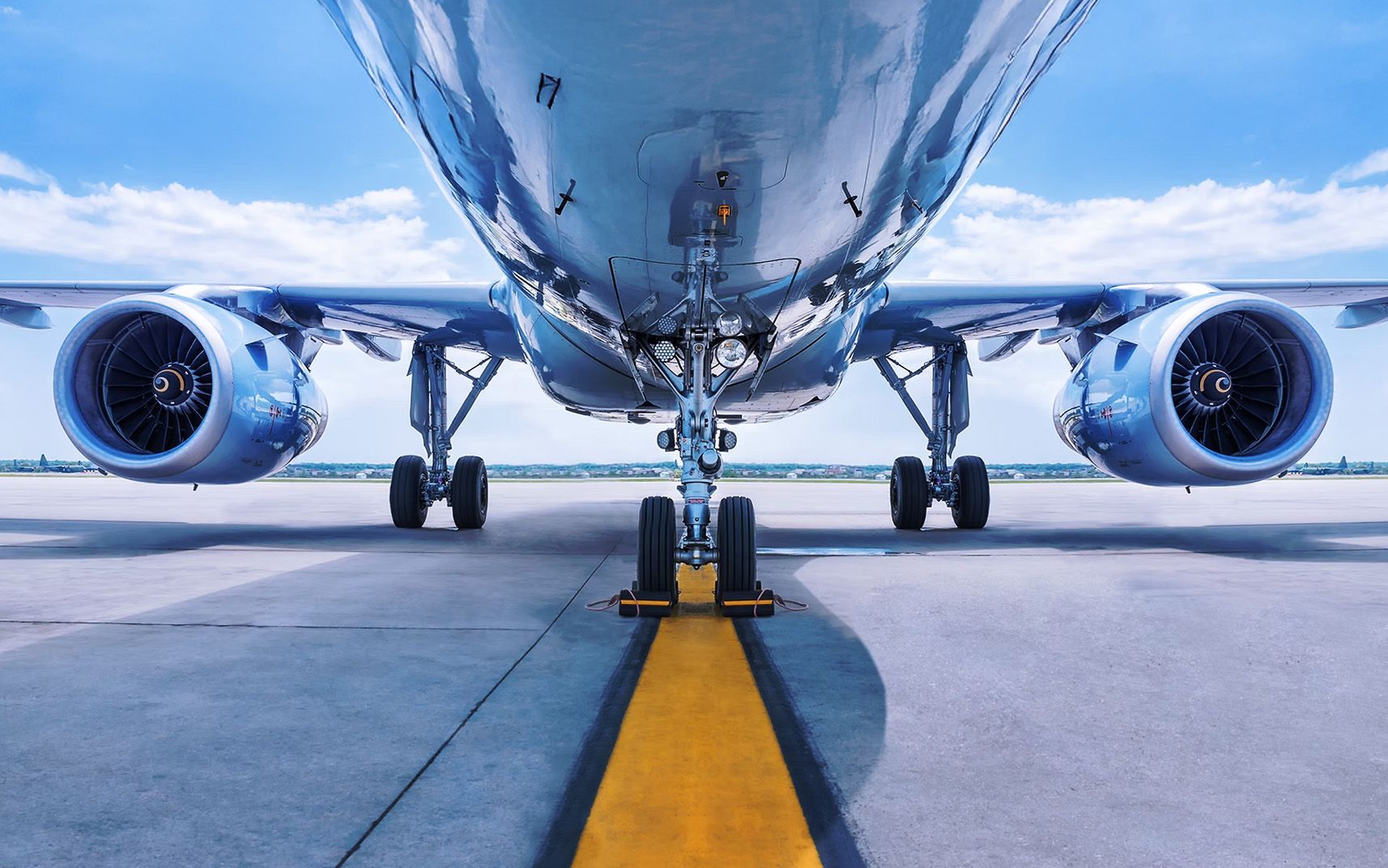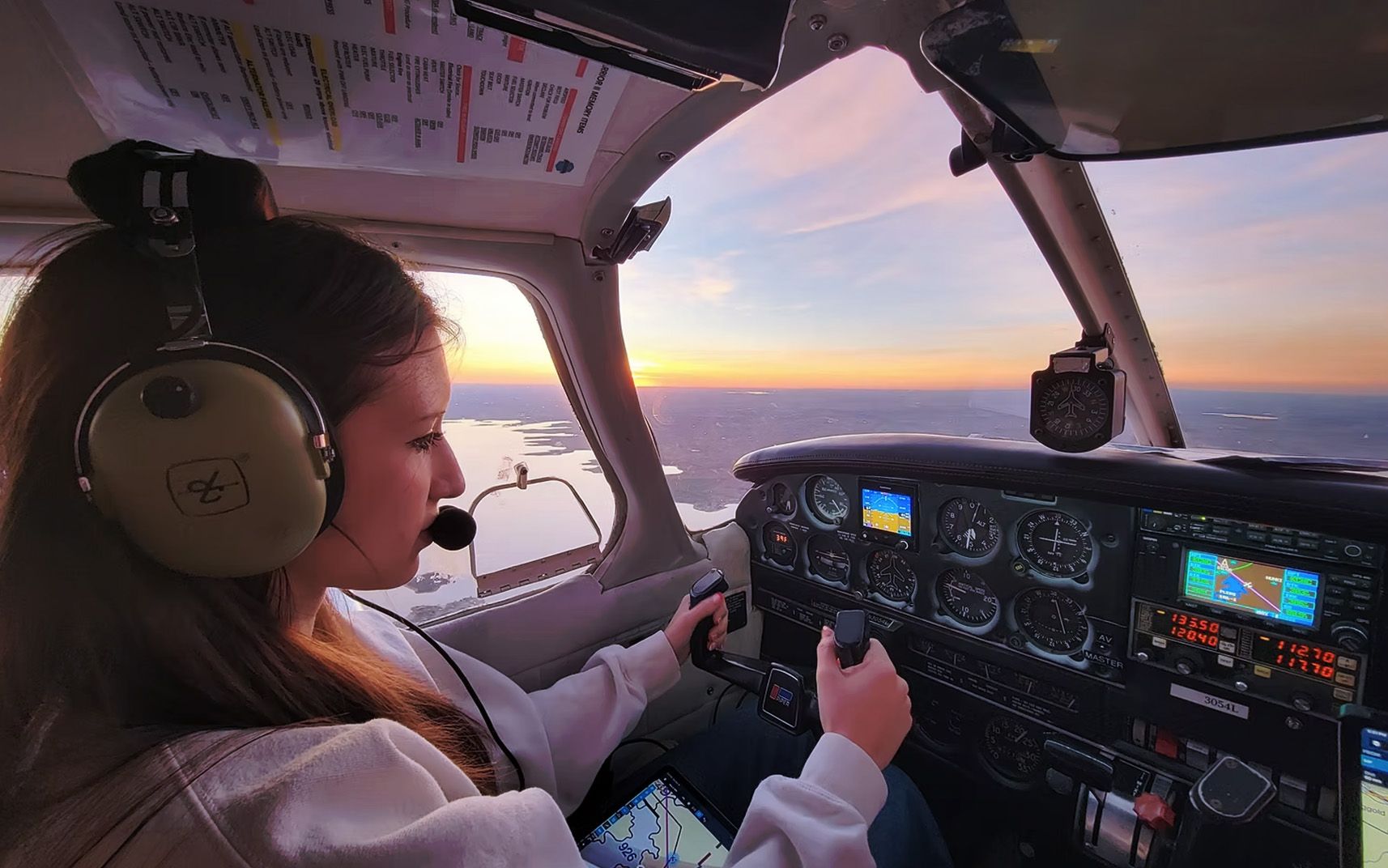How to Get Your Student Pilot License: Step-by-Step Guide for Future Pilots
Share this article
If you’ve ever dreamed of taking flight, earning your student pilot license is where it all begins. Whether your goal is to become a commercial pilot or you simply want to experience the freedom of flight, this certification is your first step toward a lifelong adventure in aviation.
At
Nationwide Aviation, we help students navigate every state of the process: from paperwork and medical exams to training in the sky. Here’s a clear, step-by-step breakdown of what it takes to earn your student pilot license and begin your journey toward becoming a certified pilot.
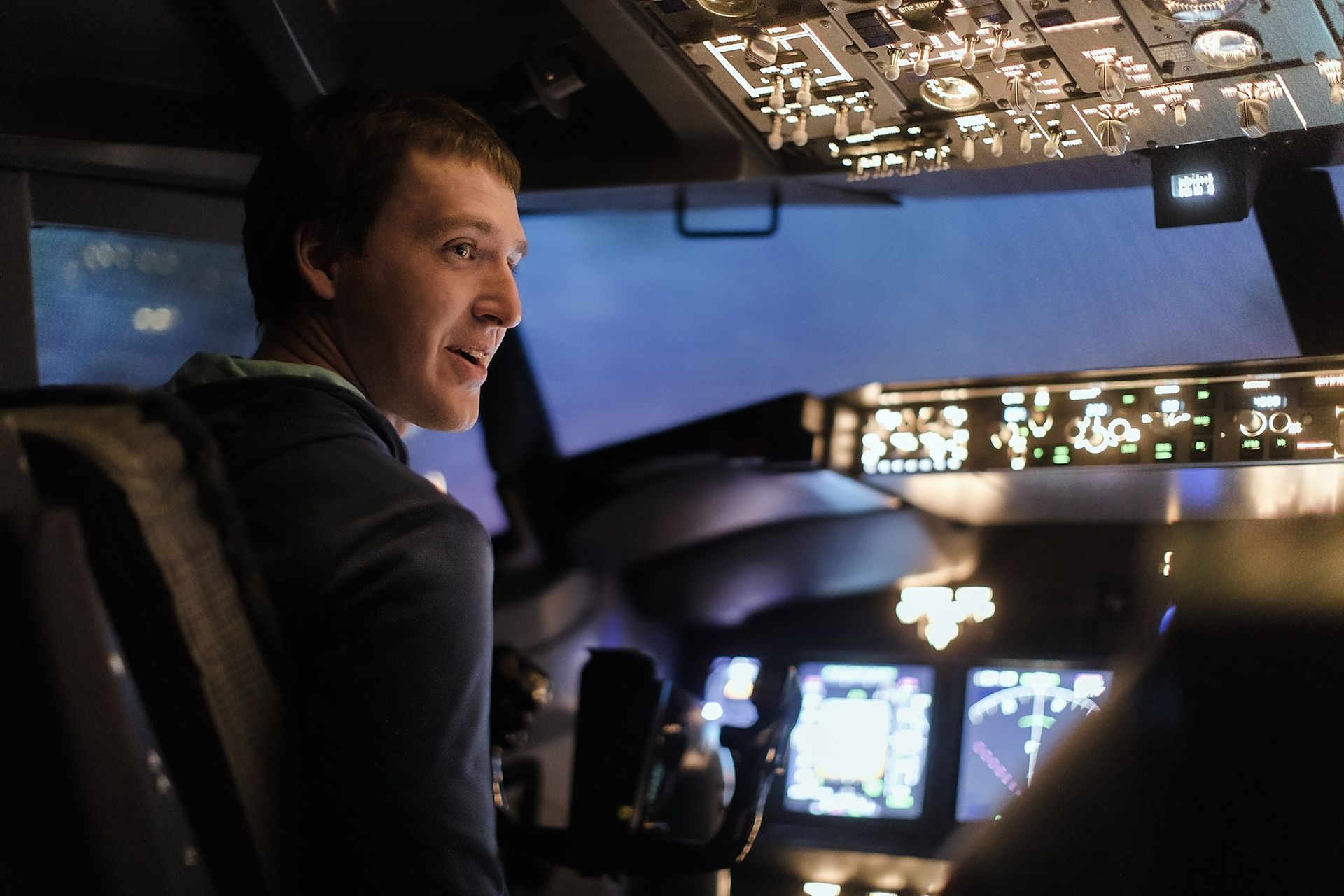
Step 1: Understand What a Student Pilot License Is
A student pilot license (SPL) is an official certificate issued by the Federal Aviation Administration (FAA) that authorizes you to train under an instructor and, eventually, fly solo under certain conditions. It’s your entry ticket into flight training programs across the country.
According to the
FAA, student pilots must meet specific eligibility requirements before applying:
- Be at least 16 years old
- Be able to read, speak, write, and understand English
- Obtain an FAA-issued medical certificate from authorized aviation medical examiner (AME)
Step 2: Complete the FAA Medical Exam
Before you can solo an aircraft, you’ll need to pass a Third-Class Medical Exam conducted by an FAA-approved medical examiner. This ensures you’re physically and mentally fit to fly.
Your exam will cover:
- Vision and color perception
- Hearing and equilibrium
- Cardiovascular health
- Neurological and mental fitness
Once approved, you’ll receive a medical certificate that’s valid for 60 months if you’re under 40, and 24 months if you’re 40 or older.
At Nationwide Aviation, our team helps students locate nearby AMEs and schedule their exams early in the process so you can focus on what matters most: flight training.
Step 3: Apply for Your Student Pilot Certificate
After your medical clearance, it’s time to apply for your student pilot certificate. The application process is done online through the Integrated Airman Certification and Rating Application (IACRA) system.
According to the Federal Register, you’ll need to complete the following:
- Create an IACRA account and submit your application.
- Meet with a Certified Flight Instructor (CFI) or FAA-designated examiner to verify your identity.
- Wait for the Transportation Security Administration (TSA) to perform an eligibility review.
- Once approved, your student pilot certificate will be issued electronically by the FAA.
This certificate does
not expire, meaning you won’t have to reapply later in your flight career.
Step 4: Begin Your Ground and Flight Training
Now comes the excitement: learning to fly. At Nationwide Aviation, training starts with ground school to help you understand aviation fundamentals like aerodynamics, navigation, weather, and FAA regulations.
Then, you’ll move onto hands-on flight training with one of our certified instructors. Each student receives personalized instruction designed to build confidence in the cockpit. You’ll log flight hours, learn aircraft control, and work toward your first solo flight.
According to the Experimental Aircraft Association (EAA), flight students typically complete a combination of:
- Ground instruction (covering theory and regulations)
- Dual instruction flights with a CFI
- Solo flight time (once endorsed by your instructor)
At Nationwide Aviation, you can complete your Private Pilot License (PPL) in as little as 9 weeks full-time or 18 weeks part-time, depending on your schedule.
Step 5: Understand the Costs Involved
Flight training is an investment, but one that pays lifelong dividends. Costs vary depending on aircraft type, instructor time, and training hours.
At Nationwide Aviation, we pride ourselves on transparency and affordability. For example, a Piper Warrior rental runs approximately $195 per hour (wet) in Texas, and all of our training packages clearly outline what’s included.
We also offer:
- Flexible payment options to make training accessible.
- Accelerated programs for full-time students.
- Part-time options for those balancing work or school.
Our goal is to make your dream of flight both achievable and financially manageable.
Step 6: Your First Solo Flight and Beyond
Once your instructor endorses your logbook, you’ll be cleared for your first solo flight: an unforgettable moment for every pilot. After your solo, you’ll continue accumulating hours and knowledge until you’re ready to pursue your Private Pilot License (PPL) or Commercial Pilot License (CPL).
Why You Should Choose Nationwide Aviation for Your Student Pilot License
When it comes to flight training, we stand out by combining affordability, expertise, and a truly hands-on experience. Here’s what sets us apart from our competitors:
Accelerated training: Earn your certifications faster without sacrificing quality.- Experienced instructors: Our CFIs are dedicated mentors with thousands of combined flight hours.
- Modern fleet & simulators: Learn in well-maintained aircraft with advanced avionics.
- Flexible scheduling: Train full-time or part-time to fit your lifestyle.
- Transparent pricing: Know exactly what you’ll pay—no hidden costs.
- Two convenient locations: Train in Dallas-Fort Worth, TX or Lebanon, TN.
We don’t just teach you how to fly. We prepare you for a successful aviation career. Whether you’re starting from zero or building on existing skills, our programs are designed to guide you every step of the way.
Ready to Take Flight?
Your journey toward earning a student pilot license starts with the right school and the right team behind you. At Nationwide Aviation, you’ll find expert instruction, flexible programs, and a community passionate about aviation.
Take the first step today.
Contact us to schedule a discovery flight or speak with our admissions team to see how you can get started. The sky isn’t the limit, it’s just the beginning!
Recent Posts
